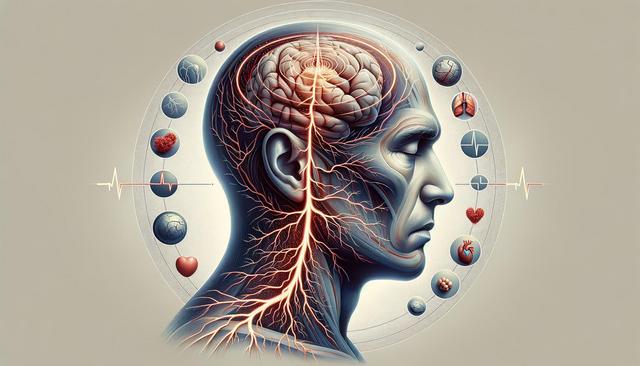Recognizing Stroke Symptoms: What You Need to Know
Early recognition of stroke symptoms can make a critical difference in treatment and recovery.

Understanding What a Stroke Is
A stroke occurs when the blood supply to part of the brain is interrupted or reduced, preventing brain tissue from getting oxygen and nutrients. Within minutes, brain cells begin to die. This makes stroke a medical emergency that requires immediate attention. There are two main types of strokes: ischemic stroke, caused by a blockage in an artery, and hemorrhagic stroke, caused by bleeding in the brain. A third, less severe type is a transient ischemic attack (TIA), often called a mini-stroke, which is temporary but still requires medical evaluation.
Regardless of the type, all strokes can lead to lasting brain damage, disability, or even death if not treated quickly. Understanding the condition helps people respond appropriately during a critical moment. Stroke is one of the leading causes of death and long-term disability worldwide, making awareness and education vital.
Common Warning Signs of Stroke
Recognizing the symptoms of a stroke early can lead to faster treatment and a better chance of recovery. The most common and easily remembered method for identifying stroke symptoms is the acronym F.A.S.T.:
- F
- A
- S
- T
- A
Other symptoms may include sudden confusion, trouble seeing in one or both eyes, difficulty walking, dizziness, or a severe headache with no known cause. These signs can appear alone or in combination and should never be ignored.
Less Obvious Stroke Symptoms
While the F.A.S.T. method captures the most visible signs, strokes can present in more subtle ways, especially in women, older adults, or those with pre-existing conditions. These less obvious symptoms may include:
- Sudden fatigue or confusion
- Shortness of breath
- Sudden nausea or vomiting
- Hiccups or chest pain
- Seizures or fainting spells
These symptoms may be mistaken for other conditions, delaying critical care. In some cases, people may not even realize they are having a stroke, particularly during a TIA. It’s essential to take any sudden and unusual physical or cognitive changes seriously and seek medical help immediately.
Who Is at Risk of Stroke?
Several risk factors can increase the likelihood of having a stroke. Some of these are controllable, while others are not. Understanding these risks can help with prevention and lifestyle adjustments. Known risk factors include:
- High blood pressure
- Diabetes
- High cholesterol
- Smoking and alcohol use
- Obesity and physical inactivity
- Heart conditions such as atrial fibrillation
- Family history of stroke
- Age and gender (risk increases with age and differs slightly between men and women)
Managing chronic health conditions, quitting smoking, and adopting a healthier lifestyle can significantly reduce the risk of stroke. Regular check-ups with your healthcare provider also play a key role in early detection and prevention.
What to Do If You Suspect a Stroke
Time is a critical factor when it comes to stroke treatment. If you or someone nearby shows signs of a stroke, don’t wait to see if symptoms improve. Immediate action can save brain function and even a life. Here’s what to do:
- Call emergency services without delay
- Note the time symptoms first appeared — this information is crucial for treatment decisions
- Keep the person calm and comfortable while waiting for help
- Do not give them food, drink, or medication unless advised by emergency personnel
Emergency responders are trained to handle stroke cases and will transport the patient to a facility equipped to provide specialized care. Treatments vary based on the type of stroke, but early intervention can limit damage and improve recovery outcomes.